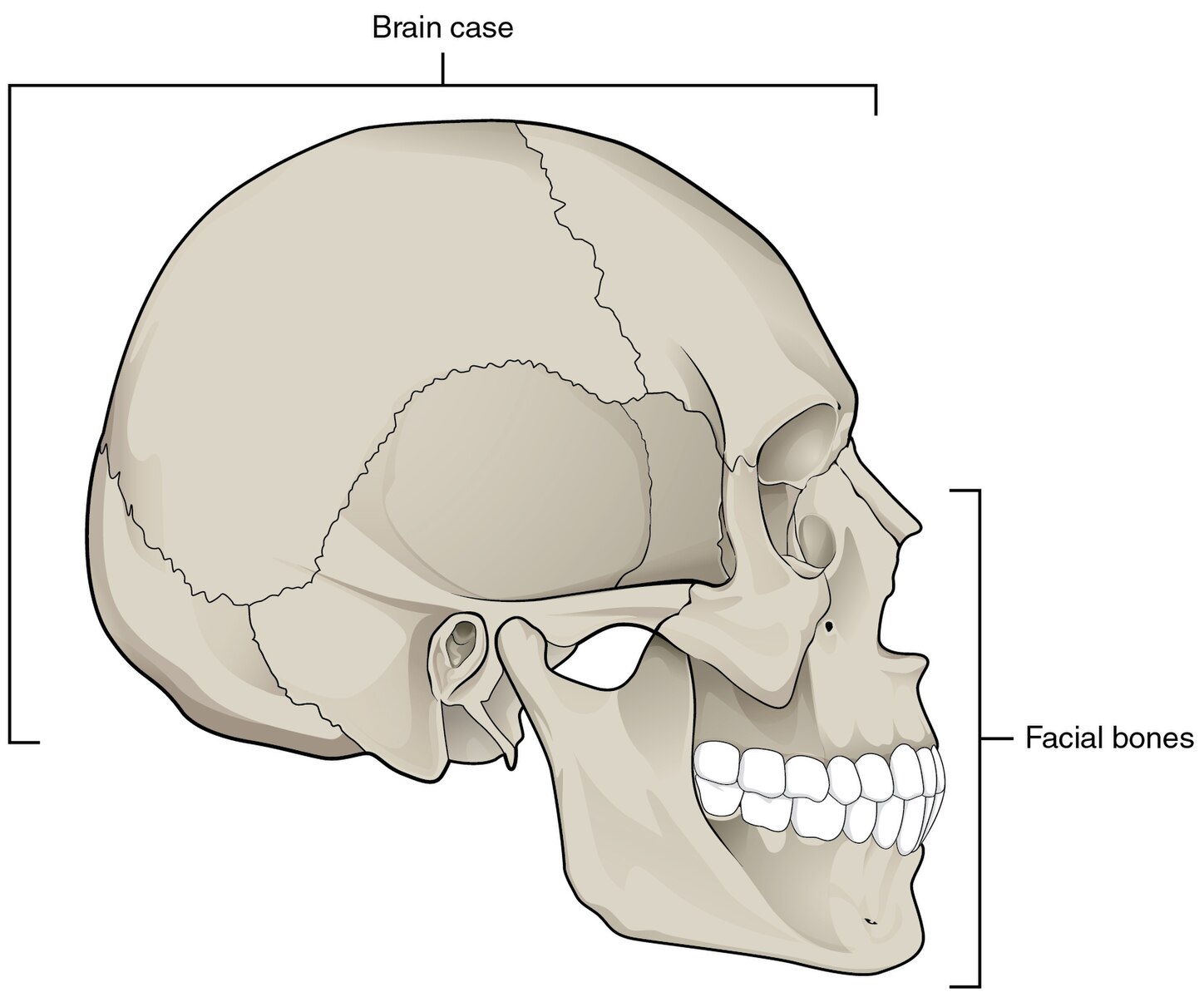Now Reading: Ancient Murder Mystery Solved: Forensic Science Unravels the Brutal Death of a Hungarian Duke
-
01
Ancient Murder Mystery Solved: Forensic Science Unravels the Brutal Death of a Hungarian Duke

Ancient Murder Mystery Solved: Forensic Science Unravels the Brutal Death of a Hungarian Duke
After almost 750 years, forensic scientists have formally revealed the unexplained death of Bela, Duke of Masco, a 13th-century Hungarian noble considered to have died in battle. New research that included elements of bioarcheology, forensic pathology, and DNA analysis could demonstrate that Bela was not a soldier who had fallen in a battle; he was murdered in a planned assassination.
The skeletal remains recovered in the crypt of the Pannonhalma Archabbey in Hungary were studied by an international team from Eotvos Lorand University and the Institute of Archaeology (ABTK). Using genetic sequencing and isotopic profiling, scientists demonstrated that Béla had royal blood by matching BBéla’s DNA to that of others from the Árpád dynasty. Forensic analysis found 26 distinct injuries from weapons that included deep sword cuts and dagger thrusts. The forensic report noted that the injuries were inflicted from multiple directions, suggesting at least three assailants attacked him.
CT scans and trauma reconstructions indicated that the lethal strikes were delivered to Béla’s neck and skull, pointing to an ambush in execution style rather than battlefield frenzy. Medieval chronicles suggested a political conspiracy in the murder of Béla in 1272, arising from the crisis over the Hungarian royal succession.
The research, published in Forensic Science International: Genetics, combines new DNA technology and medieval history to reconstitute one of the oldest unsolved cases in Europe, demonstrating how modern forensics can rewrite myths that have persisted for centuries.










